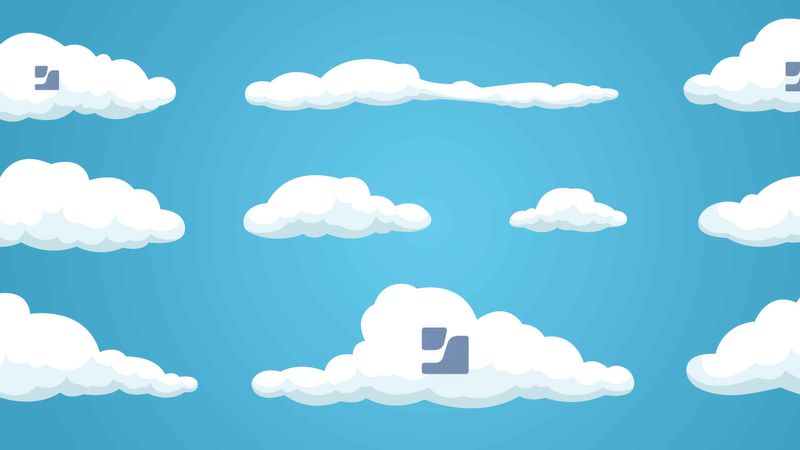Should I migrate to Jamf Cloud?
Jamf Cloud offers you a sustainable and scalable implementation of Jamf Pro and your integrations. Gone are the long, after-hours workdays to upgrade or maintain your servers. Jamf maintains the security, stability and availability of the servers for you so you can focus on other priorities, whether it’s enjoying more free time with family and friends or spending your time at work enhancing your end users’ experience.
You also gain these features by moving to the Jamf Cloud:
- App Installers to push 3rd party applications and update them automatically
- Integration with Jamf Connect and Jamf Protect
- Title editor to manually create patch definitions
- Device Compliance and Conditional Access (Cloud Connector)
- Google BeyondCorp Context-Aware Access
- Cloud Identity Providers with Microsoft Azure AD
- A Jamf Cloud Distribution Point
- Icon database
As great as getting more features and server maintenance off your plate is, migrating to the cloud isn’t always the best option for your implementation. For instance, if you cannot afford a loss of direct access to your database in your custom setup or you require a FedRAMP accreditation, it might not be the time for migration—your Jamf representative is here to help.
But for many Jamf Pro instances, migration can be a simple process with the adequate preparation. Let’s take a look at what this looks like.
The journey to migration
There are three options for migration: standard, custom DNS and fresh start. A standard migration clones your current instance to the cloud and changes the URL of your instance, requiring all devices to re-enroll. The most popular option, custom DNS, allows you to redirect your Jamf URL behind the scenes without having to re-enroll your devices. This option requires you to have access to your DNS source. In some instances, a fresh start is the best option. This option has no prerequisites and involves no database migration. All devices are re-enrolled.
If you’re ready to take flight, migration happens in four stages.
Onboarding
In this stage, you’ll correspond with Jamf’s Services Program Manager to communicate your migration deadline and schedule a pre-migration call.
Pre-migration call
A Migration Specialist will work with you to understand your Jamf Pro environment and determine the next steps. You’ll likely discuss your current integrations with directory services, workflows, enrolled devices and migration options, your desired URL and more.
Migration scheduling
Next, you’ll talk with a Jamf Services Program Manager to schedule a remote session.
Migration
During your previously scheduled remote session, a Migration Specialist will complete your migration into Jamf Cloud! This session includes, among other aspects, coordination of database transfer and import, instance activation and configuration, verification of device enrollment and software distribution, and consultation on how to reconnect LDAP and SMTP integrations.
The next steps
Still not sure? Check out our list of considerations to see the technical aspects that affect your migration or one of our videos on the cloud:
- Jamf Migration State of the Union: What’s New and Why You Should Migrate
- Jamf Cloud - Under the Hood
- Moving from on-prem to cloud
- Migrating to Jamf Cloud without falling back to earth
Our specialists are experts on the migration process, and are ready to help you with your environment’s unique demands and configurations.
Learn about Jamf Cloud
Get started with Jamf today!
by Category:
Have market trends, Apple updates and Jamf news delivered directly to your inbox.
To learn more about how we collect, use, disclose, transfer, and store your information, please visit our Privacy Policy.




